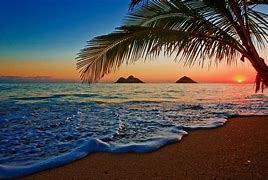
Intriguing Beach Facts About Sand
After a beach trip, we’re typically scooping out sand from seemingly everything we own. There’s a lot more to these fine grains, though, than a small nuisance we unintentionally bring home after a beach trip. Check out these sandy facts about the beach to learn more.
- Skulptura Projects GmbH made the tallest sandcastle on June 5, 2019 in Binz, Germany. It measured 57 feet and 11 inches tall. (Guinness World Records)
- Most sand on earth is quartz, a silica (SiO2) based mineral. (National Park Service)
- Sand in color based on location, source, and environment. (National Oceanic and Atmospheric Administration)
- Tan sand is a result of iron oxide and feldspar. (National Oceanic and Atmospheric Administration)
- Black sand comes from eroded volcanic materials. This includes basalt rocks and lava. (National Oceanic and Atmospheric Administration)
- Sand dunes act as storm barriers and re-nourishes beaches during periods of extreme waves, high tides, and storms. (Florida State Park)
Correction --- beware
Note to readers
Sand dunes act as storm barriers and re-nourishes beaches during periods of extreme waves, high tides, and storms.
Contact information
For more information, contact the Statistical Information Service (toll-free 1-800-263-1136; 514-283-8300; infostats@statcan.gc.ca) or Media Relations (statcan.mediahotline-ligneinfomedias.statcan@statcan.gc.ca).
